The tiniest change of heading took this pilot out of his comfort zone.
As a low-hours VFR-only recreational pilot who is super safety conscious, I have always considered close calls not just as near misses regarding accidents, but also as near misses regarding safety margins or personal safety comfort zones. It is against that background I tell this story.
My wife and I decided to make yet another flight to our favourite winery, Brown Brothers at Milawa, Victoria. The winery has its own well-kept grass airstrip and a nice restaurant in pleasant surroundings. The winery is about an 80-minute fight in a C172 from our home base, Tyabb, Victoria.
The direct route from Tyabb to Milawa runs north-north-east. To the left of this route, our usual choice, is low flat ground and a series of small airstrips useful for emergency purposes. To the right of the direct route is the start of the Victorian Alps leading up to the Snowy Mountains and Australia’s highest peak, Mt Kosciuszko in NSW.
We like flying over mountains so, on this occasion for a bit of variety, I decided to fly a route a little right of the direct route. This would take us over the western end of the Great Dividing Range and over the top of Mt Buller and the alpine village which are at a height of almost 6,000 feet.
With the forecast weather and clouds OK, I decided to cross Mt Buller at 9,500 feet. This met the hemispherical rule for cruising altitudes and kept us sufficiently clear of terrain and clouds. It also kept us under 10,000 feet, the maximum I am allowed with my Basic Class 2 medical certificate.
After departing Tyabb, we flew east to avoid the Moorabbin Airport training area and the parachute drops over Tooradin Airport, and turned north-north-east, which took us a little to the right of the direct route.
Later, with Mt Buller directly ahead but still a way off, it looked like the clouds were noticeably lower than forecast. I considered crossing Mt Buller at the lower altitude of 7,500 but was concerned that the clearance from terrain would be much less. Also, the gliding distance to the eastern low, flat ground, with its numerous emergency airstrips, would be greatly reduced.
To add to my already racing mind, it suddenly dawned on me that I had not factored in the officially Designated Remote Area to my planning! We may well be over it now, in which case we were supposed to be carrying emergency supplies, which we weren’t.
I began explaining to my wife why we might need to turn west to pick up our normal route and, even before I finished, she said, ‘Well, what are you waiting for?’ It wasn’t a question, more like an instruction!
I like flying with my wife because she enjoys it and, like me, is super safety conscious, and a great reminder of checklist items such as transponder on, correct frequency, eyes down the end of the runway when landing. She is also very decisive!
We turned west and the rest of the flight was uneventful and enjoyable. But at the time, I felt that continuing as originally planned might be jeopardising safety margins. As my mind was racing and I was sweating a little, I felt I might be leaving my personal safety comfort zone.
After landing and checking the Designated Remote Area, which unfortunately is not marked on the aeronautical chart, I discovered that, sure enough, I had incorrectly flown into it for a distance of about 20 nm.
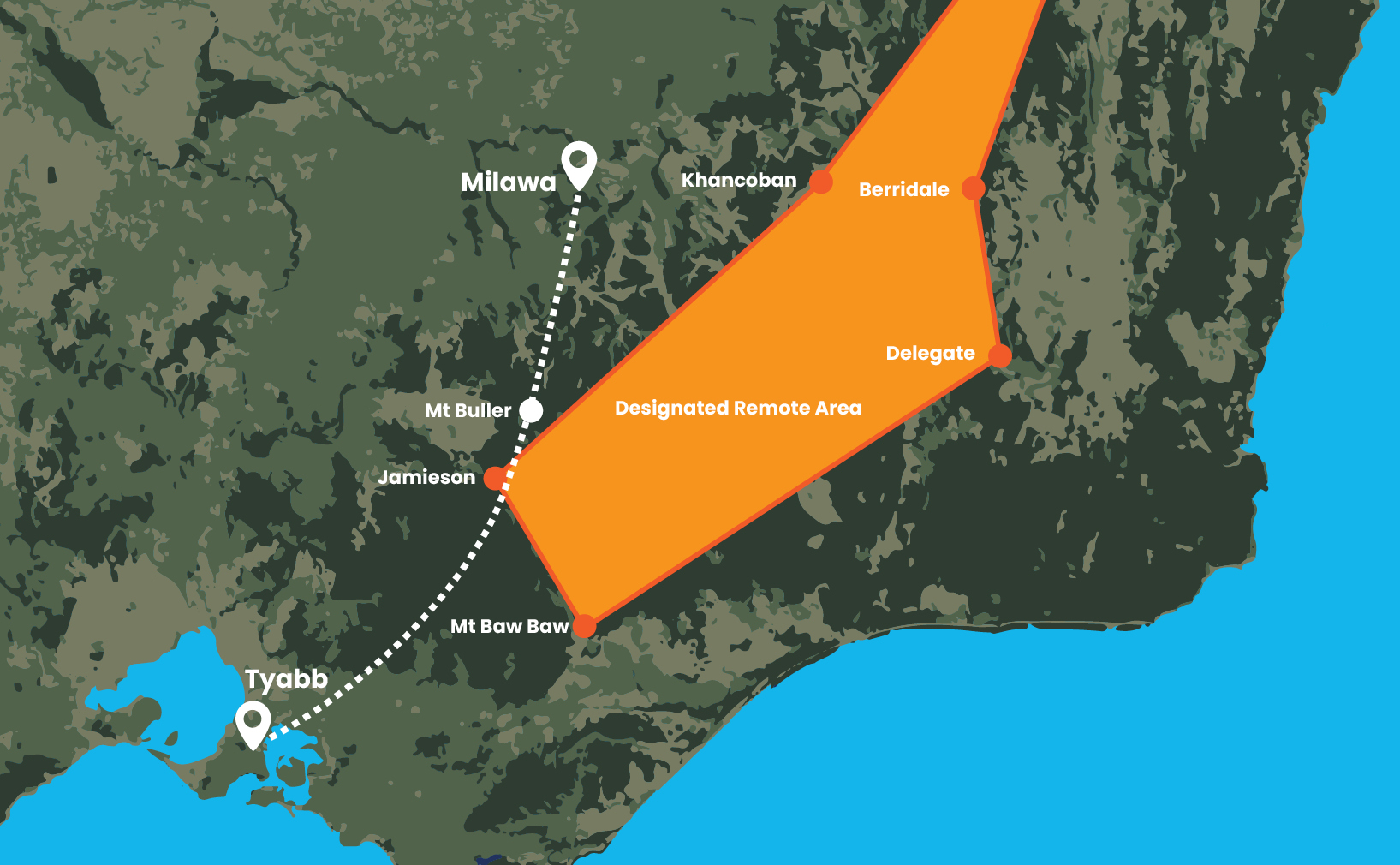
Lessons learnt
I follow accident investigations and close calls and learn much from them. There are too many accidents and some have been too close to home, involving people in my own flying club.
Although there was no near-accident close call involved here, there was clearly a case of a close call regarding safety margins and personal safety comfort zones. I prefer the latter close call to the former!
I was pleased with the action I took and in particular, that I did not succumb to the dangerous ‘get-there-itis’. 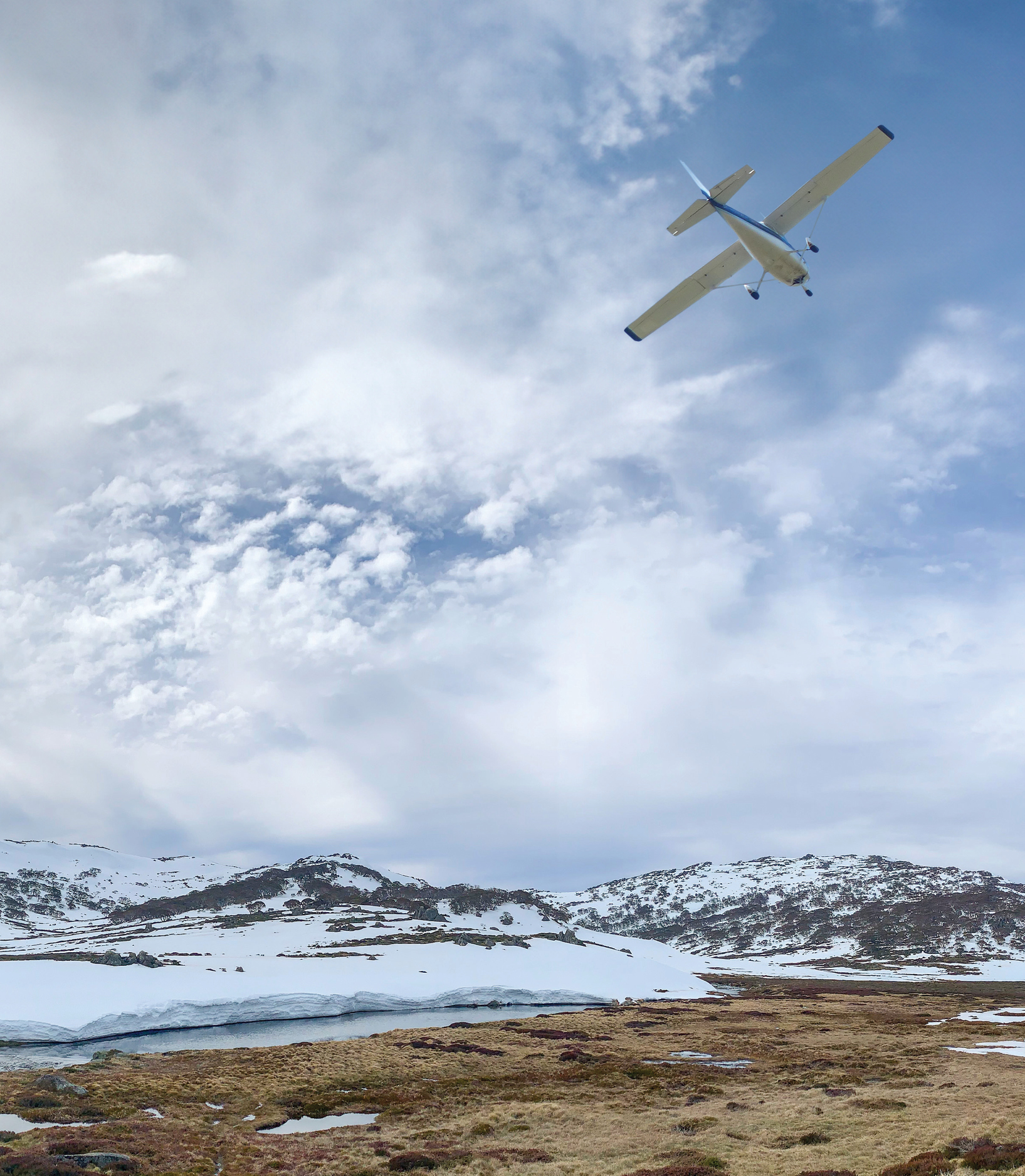
Flight planning is one of the special topics on our Pilot safety hub.
Have you had a close call?
8 in 10 pilots say they learn best from other pilots and your narrow escape can be a valuable lesson.
We invite you to share your experience to help us improve aviation safety, whatever your role. You may be eligible for a free gift just for submitting your story.
Find out more and share your close call here.
Disclaimer
Close calls are contributed by readers like you. They are someone’s account of a real-life experience. We publish close calls so others can learn positive lessons from their stories, and to stimulate discussion. We do our best to verify the information but cannot guarantee it is free of mistakes or errors.

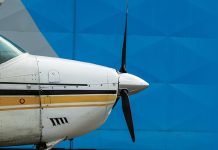
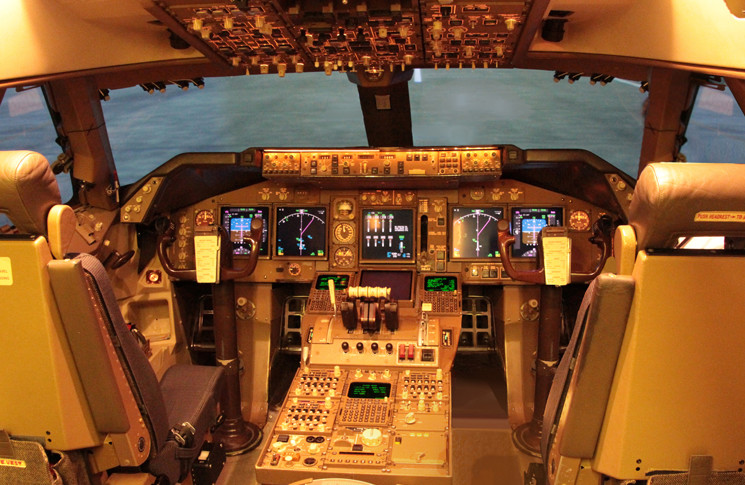
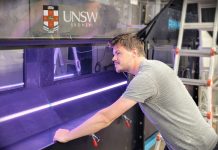

“the gliding distance to the eastern low, flat ground,” > western?
Yes, typo, should be western.
Treat any weather forecast is a best guess. Obviously, “forecast weather and clouds” were not “OK”, if you decided to divert. A direct flight from Tyabb YTYA to Wangaratta YWGT would have take the flight over much lower terrain. When abeam the midpoint between Benalla YBLA and Wangaratta YWGT to his left, he could have then turned toward Milawa YILA. Much less worry, saved a bit of time and fuel, as well.
I cannot imagine a pilot of a single engine aeroplane deliberately planning a flight to put themselves at risk flying between weather and mountain peak that is 5,922 feet elevation. It is not like the pilot didn’t have a choice, such as flying a more direct route over lower terrain. Typically a pilot in a light aeroplane should expect some turbulence over the mountains, especially on the lee side. If winds aloft are 25 to 35 knots and flowing nearly perpendicular to the ridgeline, expect moderate turbulence, with up and downdrafts, lenticular clouds, etc. Winds aloft above 20 knots flowing through passes, create a venturi effect and can produce turbulence. I would be suspicious of winds and weather over mountainous terrain, especially lowering cloud bases, poor visibility, rain, hail, airframe ice, etc. No fun in a single engine aeroplane. When crossing a ridgeline, do so at 45° and once across it, turn 90° away from it to rapid exit the lee side turbulence.
Normally aspirated aeroplanes typically lose 3% of its power per 1,000 feet altitude. Also, when flying over mountainous terrain, the pilot should always be looking for a place to put the aircraft down. Flying at Best Glide Speed, a Cessna 172 will fly, approximately 1.5nm per 1,000 feet altitude. At 9,500 feet, if the engine quit, for whatever reason, you will be on the ground in approximately 14.25nm, that includes distance covered in a spiral descent. Consider your True Airspeed will be higher, thus Ground Speed will be higher. A 10% increase in True Airspeed will increase your turning radius 20%.
I would recommend a Mountain Flying course to appreciate the risks of sightseeing, in a Cessna 172, over the mountains.
Have I ever flown single engine aeroplanes over the mountains? Indeed I have, but they were much more capable than a Cessna 172 and better equipped, plus I was Instrument Rated and had a Mountain Flying Course.
Useful reminder info but not really relevant to a flight where a safely planned minor diversion into the edge of a mountain range led to not a close call in the normal sense but a close call to do with personal comfort zone. The pilot had an easy way out back to the west low country at all times.
Weather forecasts and actualities are not always the same. Also, the pilot obviously planned a minor, safe incursion into the edge of the mountains.